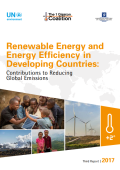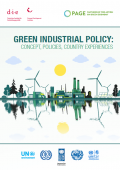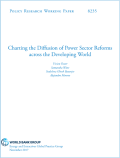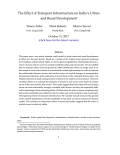



Some 25 years have elapsed since international financial institutions espoused a package of power sector reform measures that became known as the Washington Consensus. This package encompassed the establishment of autonomous regulatory entities, the vertical and horizontal unbundling of integrated national monopoly utilities, private sector participation in generation and distribution, and eventually the introduction of competition into power generation and even retail services. Exploiting a unique new data set on the timing and scope of power sector reforms adopted by 88 countries across the developing world over 25 years, this paper seeks to improve understanding of the uptake, diffusion, packaging, and sequencing of power sector reforms, and the extent to which they were affected by the economic and political characteristics of the countries concerned. The analysis focuses on describing the patterns of reform without judging their desirability or evaluating their impact. The paper finds that following rapid diffusion during 1995–2005, the spread of power sector reforms slowed significantly in 2005–15.

This paper uses a two-sector domestic trade model to study urban and rural development in India over the past decade. Based on a version of the market access approach proposed by Donaldson and Hornbeck (2016), the authors derive general equilibrium relationships between a sector’s income and it’s access to markets in both the urban and rural sectors. Satellite data are used to measure urban and rural growth in 5,900 sub-districts where areas are assigned to either urban or rural sectors based on a threshold for urban light intensity. In order to estimate the relationship between income and market access, the authors exploit changes in transportation infrastructure that have led to reductions in travel times on the computed shortest path. The implied reduction in trade costs generates variation in the market access measures. This time variation allows to estimate the elasticity of income in each sector with respect to market access in the own and the other sector. The results suggest that both urban and rural market access are each individually strongly correlated with income, but they are empirically difficult to disentangle when estimating jointly.
